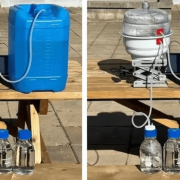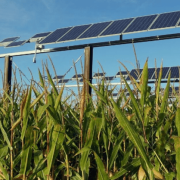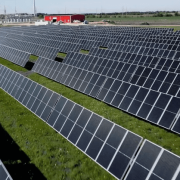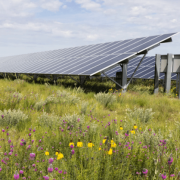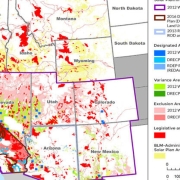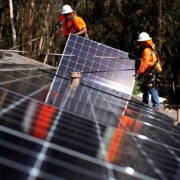A cricket stadium is to switch to solar power in a bid to become “the greenest ground in the world”.
Utilita Bowl in Southampton began installing the 1,044 panels in July, after it received planning approval from Eastleigh Borough Council.
The stadium sponsor, Utilita Energy, funded the project which it hopes will cover 25% of the annual electricity used in the venue.
The switch-on will take place before England host Australia in the first of their three T20 internationals this month.
Click here to read the full article
Source: BBC
—
If you have any questions or thoughts about the topic, feel free to contact us here or leave a comment below.


